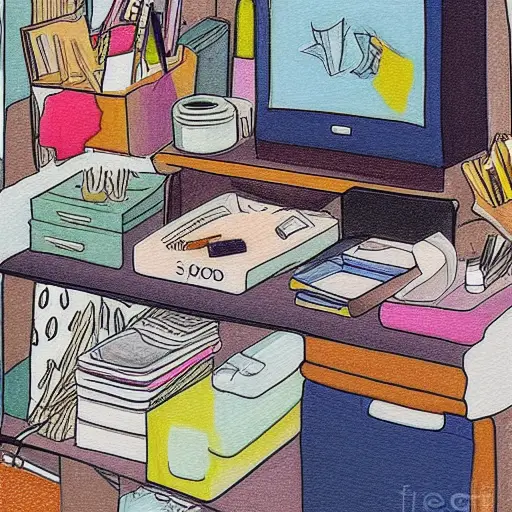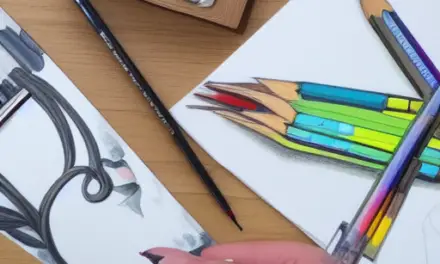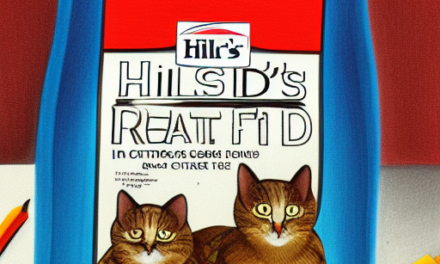Whether you are a beginner or have done a lot of de-cluttering before, Marie Kondo’s KonMari Method can help you organize your home. This method is all about eliminating the items that don’t bring you joy and letting go of the items that bring you the most joy. Before you start the process, you must clear out clutter and organize books, papers, and other items item by item. This can feel awkward at first, but it’s very simple once you get the hang of it.
Marie Kondo’s KonMari Method
The first step of Marie Kondo’s method is to decide on what sparks joy for you. Once you’ve identified that, the next step is to choose an order in which to fold and store your items. She recommends starting with the easiest categories and working up to more sentimental items. When folding, she uses a specific folding method.
The second step is to sort items into categories. The first category is clothing. The second category is books. Each category should take anywhere from several hours to several months to complete. The final category involves mementos. The method emphasizes finding only what sparks joy in the lives of people.
The third step is to organize your space. The KonMari Method suggests sorting by category, starting with clothes, and working up to sentimental items. This allows you to decide what to keep and discard. The goal of the method is to create a tidy space in your home filled with items that make you happy. It also discourages buying new containers.
Marie Kondo encourages her clients to think about the life they want to live and evaluate their goals. Oftentimes, people will decide to get rid of a few items while keeping the ones that spark joy. The KonMari Method is an excellent method for cleaning out your home and giving yourself an organized space.
As the name suggests, Marie Kondo’s KonMari method focuses on simplifying life. Less stuff means more space, happiness, and joy. The process has become so popular that thrift stores are overflowing with donated items. The method has been gaining traction in the United States and is becoming widely recognized as a great tool for organizing your home and life.
The KonMari Method encourages you to declutter by category, starting with clothes and moving on to books, papers, and komono (sensational items). By putting everything in its place, the KonMari Method teaches you how to live mindfully and reflect on the items you keep.
Her “joy-meter”
The goal of Marie Kondo’s “KonMari” method is to create a space that sparks joy. This is achieved by simplifying the items in your home. She recommends sorting each item by its category, starting with clothes, then moving onto books and papers, and so on. The idea is to reduce the amount of things that you don’t enjoy looking at, and to make room for new items.
You should also consider the sentimental value of your items. If you have sentimental value, you should consider keeping them. However, if they are no longer useful, it’s time to discard them. You should also consider your “joy-meter,” which Marie Kondo refers to as “the spark of joy.” This measurement helps you decide whether an item is sentimental or not.
To make this process easy for beginners, you can get an app called “KonMari” or play a game based on the methods of the Japanese organiser. The main idea of this game is to help new apartment dwellers sort through their belongings and make their new home a joyful place. The game allows up to four players to compete and decorate their new apartments. They must assess each other’s Joy-meter at each round, and the winner is the one with the highest Joy-meter.
When it comes to deciding which items to keep and which ones to donate, Marie Kondo encourages clients to use a joy-meter. This helps them to identify the items that bring them joy and get rid of those that do not. The book also outlines her process in detail on a three-by-five note card.
As an organiser, Marie Kondo is known for her streamlined method of organizing. She started a consultant business at age 19 in Tokyo and has had hundreds of TV appearances. Her first book was released five years ago and has received great reviews, selling over two million copies. She has celebrity fans, including Jamie Lee Curtis.
Her “komono” or miscellaneous category
The first tip to tackle this category is to eliminate small miscellaneous items. This can include items such as hairbrushes and grooming products, kitchen utensils, and even bedding. It’s a good idea to discard unnecessary items and only keep the items that spark joy.
You can also consider sorting your belongings by category rather than by room. This method is often difficult to follow, but it will help you understand what you have. This method also eliminates clutter by making it easier to see what you have and toss what doesn’t belong.
Once you’ve cleared the komono category, you can move onto more important categories. For example, your clothes are a good place to start because most of us have an endless amount of clothes that we never wear. Marie Kondo says that we have many items in this category that don’t have a place in our lives.
After tackling clothing, you can move on to other categories such as paper and books. Clothing is typically the easiest category to tackle, since it has a lower emotional value than books and letters. Marie Kondo recommends folding clothes vertically to maximize space and make it easier to find items. This method is not the fastest way to declutter a room, so it’s best to declutter on your own.
Another tip is to thank your items for their service. When you thank your items for their service, you make it easier to let go of them. Marie Kondo suggests that you repeat this process with each category. She suggests that it becomes a habit and you’ll feel good about parting with your possessions.
Among her other tips, the last one is to keep important papers in one folder. These papers can often be needed quickly, so it’s a good idea to create a system that keeps them organized. If you have hobbies, consider adding a separate category for your hobby supplies.
Marie Kondo’s tips for tidying are often based on Japanese culture. The bestselling book, The Life-Changing Magic of Tidying Up, was first published in Japan and subsequently translated to more than 30 countries. She’s even visiting American homes in Tidying Up with Marie Kondo. This Japanese organizing guru has made decluttering a mainstream trend, and her methods have helped many people get organized.













